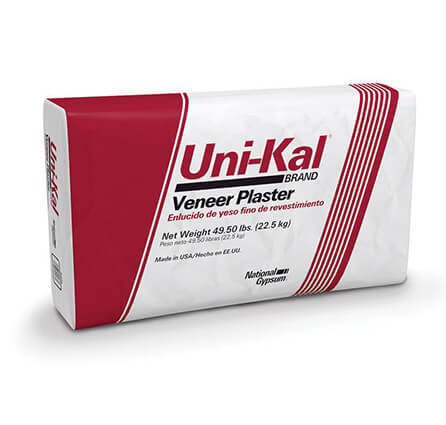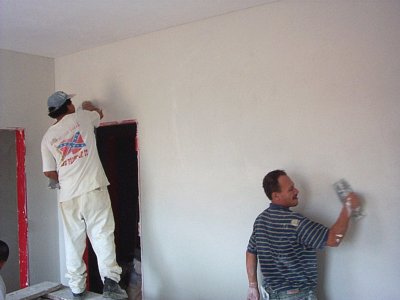
The bottom ply, however, is water resistant. The top ply has the capability to readily absorb water and provide a good bonding surface for the plaster coat. However, the paper used to cover the gypsum core is different from regular drywall. This panel has a gypsum core very similar to drywall.

Veneer plaster systems use a gypsum core panel as the base for the plaster coat. They took the best qualities of the two systems and combined them.Īvoid costly mistakes in your next plaster job from my Drywall / Plaster Installation Checklist. Water applied to the surface of a traditional plaster wall for short lengths of time did not harm the plaster in any way. Plaster surfaces offered better joint concealment, fewer nail pops, a hard monolithic surface which could be easily decorated, and plaster was more quickly finished than drywall.Īlso, the joint compounds used to finish drywall, even after they dried, could be easily dissolved by water. Veneer Plaster SystemsĪlthough drywall was rapidly becoming popular, drywall did not have the overall performance characteristics of conventional plaster. It made sense to switch to larger pieces of gypsum lath and develop a one coat plaster system. However, it was quite labor intensive to nail on these smaller pieces of gypsum lath. The traditional two coat plaster system (brown coat/white coat) was applied over this gypsum plaster lath system.
#Veneer plaster over painted drywall install#
The paper was also manufactured in such a way as to provide an excellent surface for the plaster to grab on to.ĬLICK HERE to get FREE & FAST BIDS from local Contractors who can install your new plaster wall. However, these smaller pieces of gypsum plaster lath actually were covered with a special paper which absorbed the water in a special manner so as not to harm the inner gypsum core. A standard sized room could be ready for finishing in an hour or two.ĭuring the 1950s, conventional plaster systems required the installation of "gypsum lath." These were smaller (16" x 48") pieces of material which looked, at first blush, like typical drywall. The 4' x 8' and 4' x 12' panels of drywall could be rapidly applied to framing members. Drywall was being substituted for plaster at that time as well.ĭrywall offered a different approach to quickly achieve a finished wall surface.

Veneer plaster systems were developed at that time.

Q&A / Veneer Plaster – Overview and Repair Techniques Drywall - Plaster | Remodeling text: Tim Carter The Big SheetsĬonventional plaster application changed radically in the 1960s and 1970s.


 0 kommentar(er)
0 kommentar(er)
